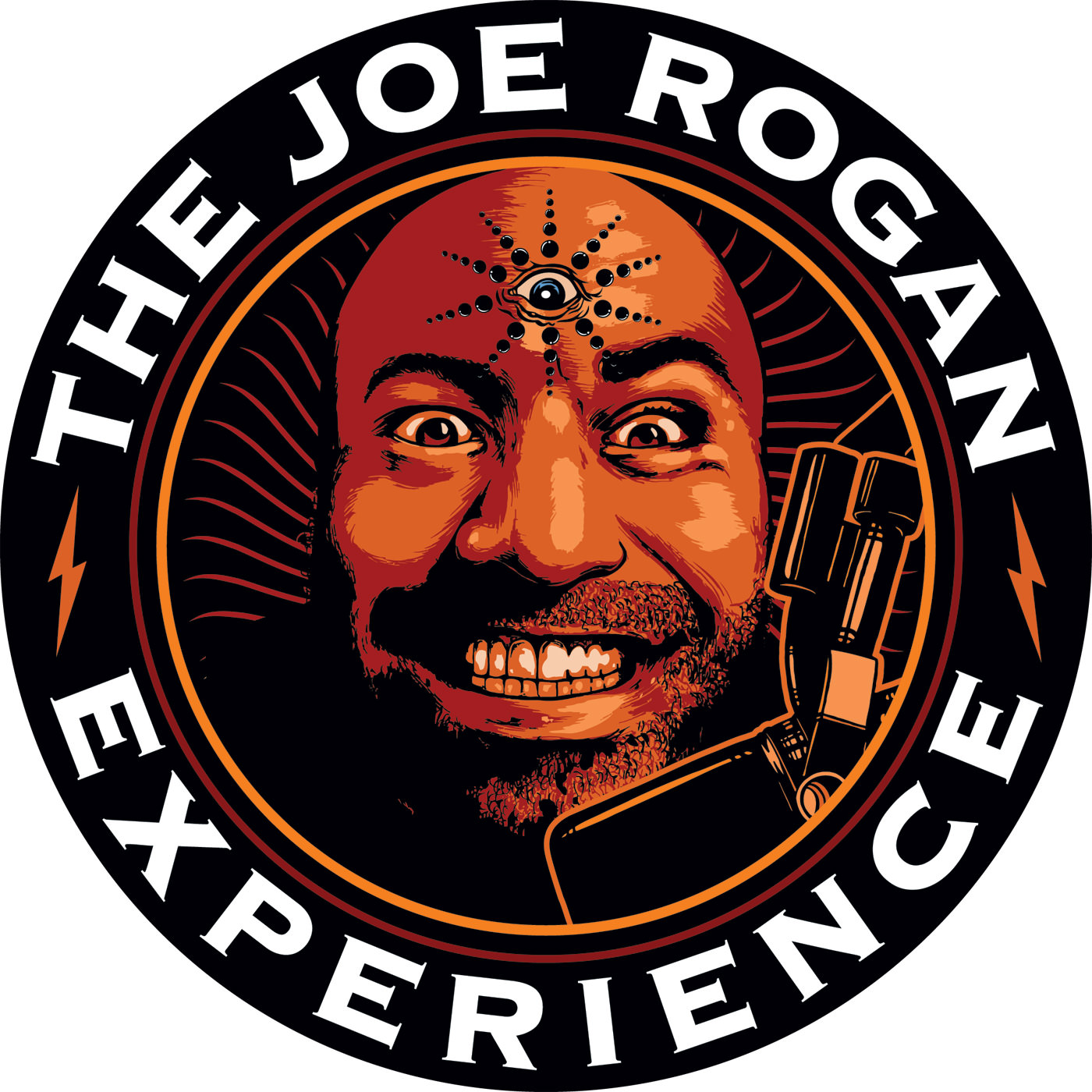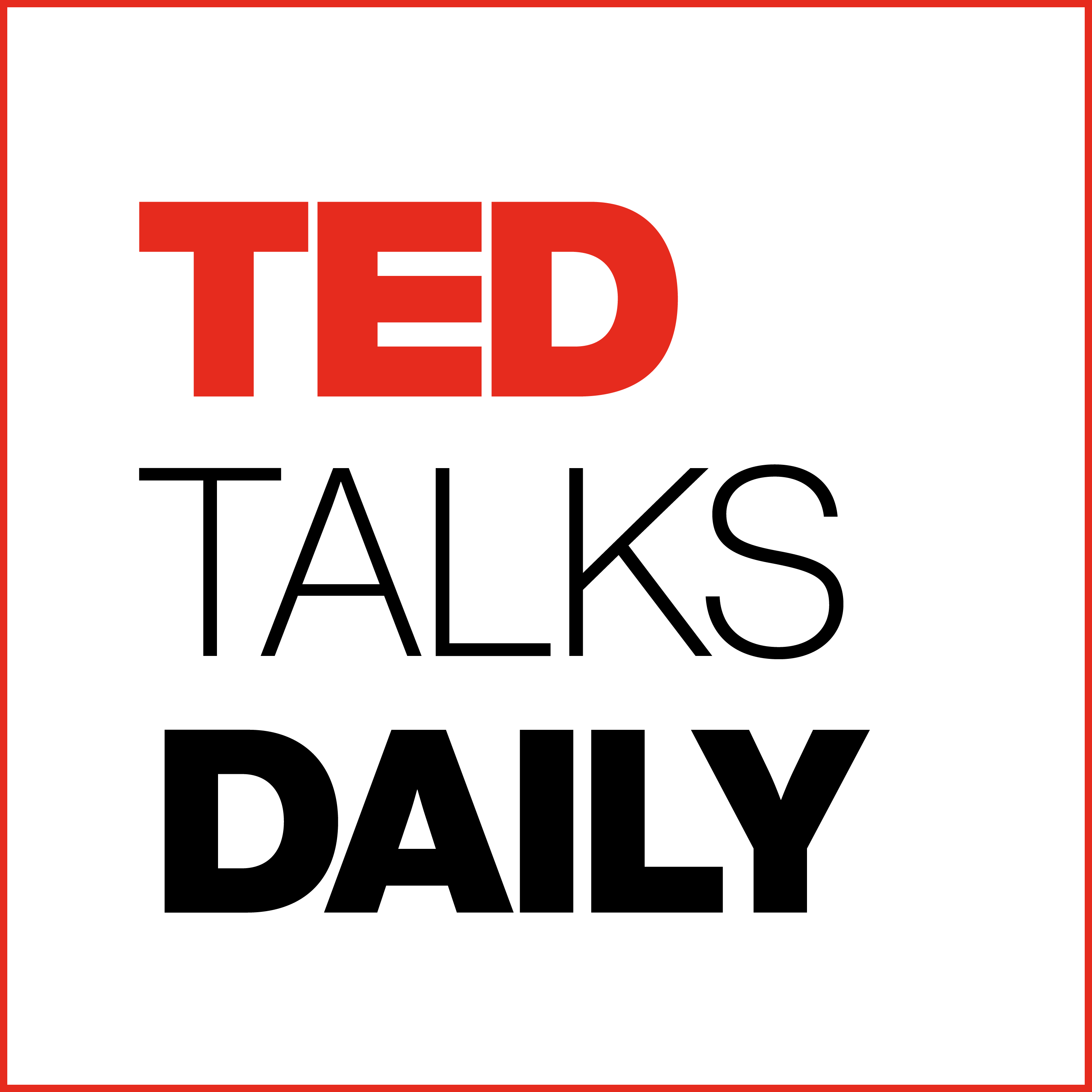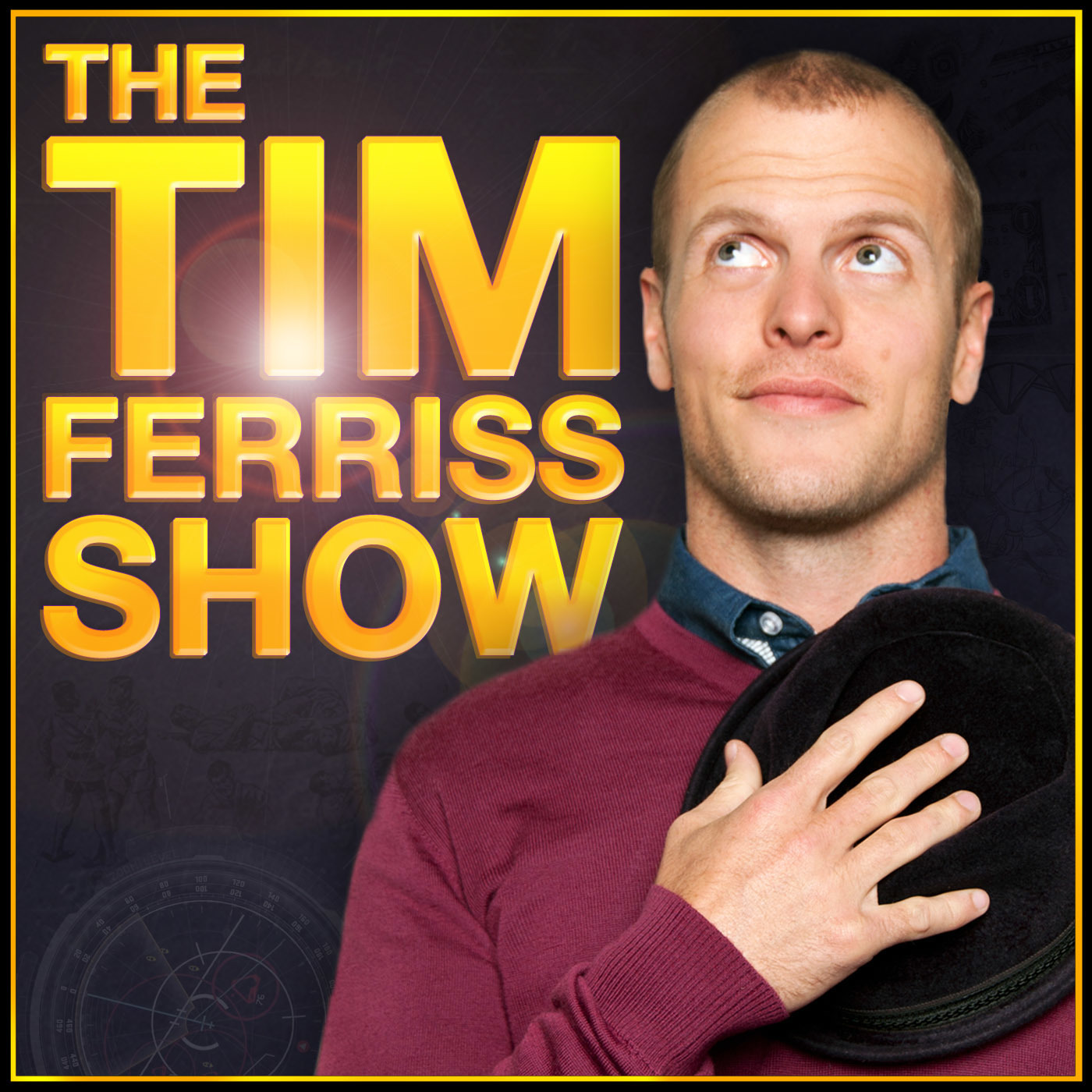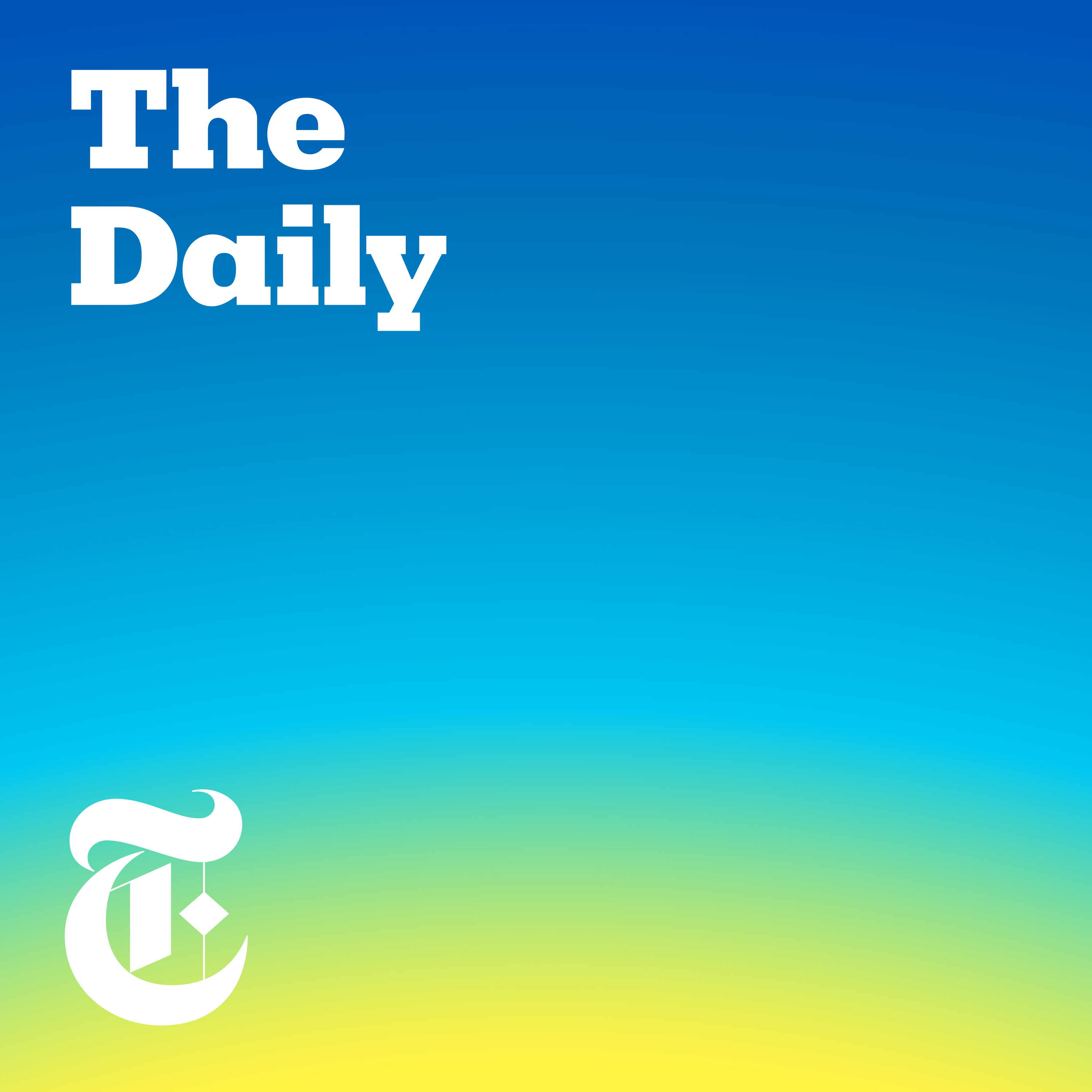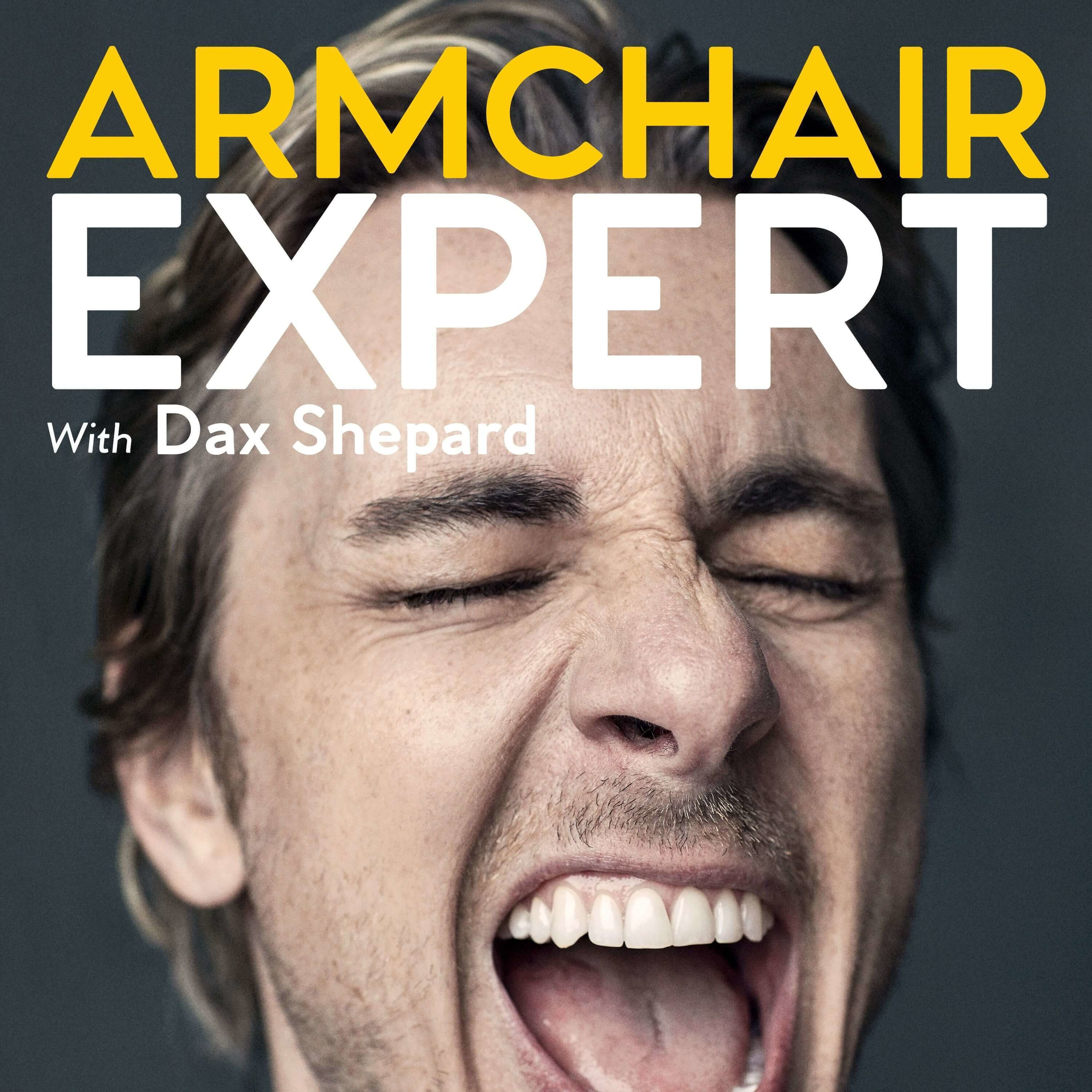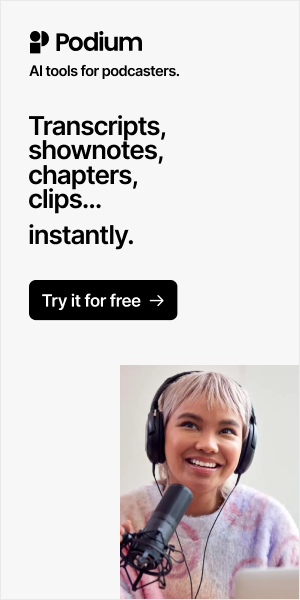Ranked #1

Charlene Li // Invisible Machines S2E7
Charlene Li // Invisible Machines S2E7
Robb and Josh welcome digital transformation expert and bestselling author Charlene Li for a conversation about the traj... Read more
10 Aug 2023
•
1hr 23mins
Ranked #2

Peter Greenberg // Invisible Machines S2E6
Peter Greenberg // Invisible Machines S2E6
Robb and Josh enjoy a vigorous conversation with Emmy-winning investigative travel journalist Peter Greenberg. His repor... Read more
3 Aug 2023
•
1hr 21mins
Ranked #3

Laura Herman // Invisible Machines S2E5
Laura Herman // Invisible Machines S2E5
Robb and Josh have a philosophical conversation about art, creativity, and perception with Laura Herman of the Universit... Read more
27 Jul 2023
•
1hr
Ranked #4

Dr. Jim Webber // Invisible Machines S2E4
Dr. Jim Webber // Invisible Machines S2E4
Robb and Josh go deep on a conversation with Dr. Jim Webber, Chief Scientist at Neo4j, about the convergence of large la... Read more
20 Jul 2023
•
1hr 2mins
Ranked #5

Dr. Lee Hood & Dr. Nathan Price // Invisible Machines S2E3
Dr. Lee Hood & Dr. Nathan Price // Invisible Machines S2E3
Robb and Josh take a deep dive into technology and healthcare with Leroy Hood, MD, PhD (Co-founder and Chief Strategy Of... Read more
13 Jul 2023
•
1hr 37mins
Ranked #6

Jonathan Frankle, Chief Scientist at MosaicML // Invisible Machines S2E2
Jonathan Frankle, Chief Scientist at MosaicML // Invisible Machines S2E2
With MosaicML acquired last week for 1.3 Billion, we rushed to get you an episode we've been working on with Mosaic's Ch... Read more
4 Jul 2023
•
1hr 8mins
Ranked #7

Adam Cheyer, Co-Founder, Siri // Invisible Machines S2E1
Adam Cheyer, Co-Founder, Siri // Invisible Machines S2E1
Robb and Josh welcome inventor, entrepreneur, and researcher Adam Cheyer for a conversation about the long road leading ... Read more
30 Jun 2023
•
1hr 13mins
Ranked #8

Don Norman, Author and Researcher // Invisible Machines S1E17
Don Norman, Author and Researcher // Invisible Machines S1E17
For the season one finale, Robb and Josh welcome legendary researcher, professor, and author Don Norman. His book "The D... Read more
15 Jun 2023
•
1hr 8mins
Ranked #9

Rebecca Evanhoe, Author and Conversation Designer // Invisible Machines S1E16
Rebecca Evanhoe, Author and Conversation Designer // Invisible Machines S1E16
Robb and Josh welcome conversation designer Rebecca Evanhoe for a discussion about the detailed work of creating meaning... Read more
8 Jun 2023
•
56mins
Ranked #10

Tim O'Reilly, Founder and CEO, O'Reilly Media // Invisible Machines S1E15
Tim O'Reilly, Founder and CEO, O'Reilly Media // Invisible Machines S1E15
Robb and Josh have a thought-provoking conversation with Tim O'Reilly, the founder and CEO of O'Reilly Media, whose Glob... Read more
2 Jun 2023
•
1hr 10mins




